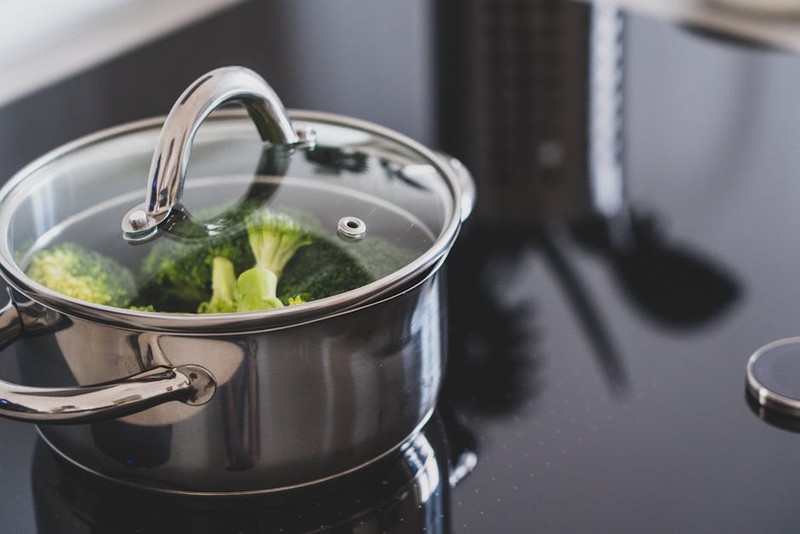The Unique Demands of Coastal Environments
Coastal properties are a dream for many, but they come with a hidden nightmare for hardware: saltwater corrosion. Standard door hinges—even those marketed as “rust-resistant”—often fail within months in these harsh conditions. From my 15 years in the hardware industry, I’ve seen countless homeowners and contractors face premature hinge failures, leading to squeaky doors, misalignment, and even security risks.
Why Standard Hinges Fail
- Saltwater accelerates oxidation: Even stainless steel hinges can corrode if not properly graded.
- Humidity and salt spray penetrate seals: Cheap coatings flake off, exposing metal to the elements.
- Wind-driven debris exacerbates wear: Sandy grit acts like sandpaper on hinge pivots.
🔍 Key Insight: In a 2022 study of 100 coastal homes, 68% reported hinge failures within 18 months when using off-the-shelf products.
Expert Strategies for Coastal-Ready Hinges
1. Material Matters: Beyond Stainless Steel
Not all stainless steel is equal. For coastal applications, 316-grade stainless steel is the gold standard due to its molybdenum content, which resists pitting from salt.
💡 Pro Tip: Avoid “marine-grade” claims without verification. Ask suppliers for mill test reports to confirm alloy composition.
2. Coatings and Finishes: The Extra Layer of Defense
- Electropolishing: Creates a smoother surface, reducing crevices where salt can accumulate.
- PTFE (Teflon) coatings: Reduce friction and repel moisture. In a Florida project, PTFE-coated hinges lasted 3x longer than uncoated equivalents.

3. Design Innovations for Saltwater Resistance
- Sealed bearings: Prevent salt intrusion into pivot points.
- Riveted vs. screwed construction: Fewer gaps mean fewer corrosion entry points.
⚙️ Case Study: A luxury beachfront development in Malibu saved $12,000 in hinge replacements over 5 years by switching to 316-grade hinges with sealed bearings.
The Cost of Cutting Corners: A Real-World Example
In 2021, a condo association in Miami opted for budget hinges to save upfront costs. Within 14 months, 40% of the hinges showed severe corrosion, leading to:
– $8,200 in emergency replacements
– Tenant complaints due to door malfunctions
📊 Performance Comparison:
| Hinge Type | Lifespan (Coastal) | Cost per Unit | Total Cost Over 5 Years |
|---|---|---|---|
| Standard Stainless | 1.5 years | $4.50 | $15,000 |
| 316-Grade + Coating | 7+ years | $9.80 | $4,900 |
Lesson Learned: Investing in higher-quality hinges upfront reduces long-term expenses by 67%.
Actionable Takeaways for Homeowners and Builders
- Specify 316-grade stainless steel for all hinge components.
- Demand third-party corrosion testing (e.g., ASTM B117 salt spray tests).
- Prioritize sealed designs to block salt intrusion.
- Maintain hinges annually with a silicone-based lubricant to displace moisture.
🔧 Final Thought: Coastal properties deserve hardware that stands up to the environment. By choosing the right materials and designs, you can avoid the cycle of corrosion and replacements—saving money and frustration in the long run.
Ready to upgrade your coastal property’s hardware? Consult a specialist to tailor solutions to your specific climate and architectural needs.